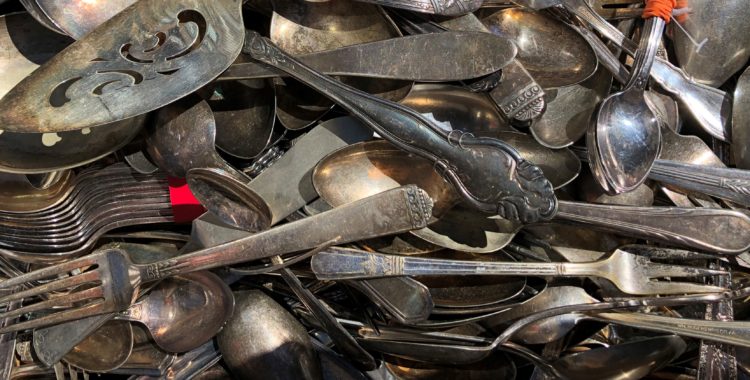
Evolving from Curating to Creating
A family friend recently asked me to help him make decisions about some things he had inherited from his mother. His mother, as were many from her generation, participated in the huge popularity of collecting that swept the US from the early 1970s to the late 1980s. The Great Depression and World War II had the US consumer conscious of rationing and conservation and the post war economic boom was more about how much can we make how fast than how fine or detailed any individual item should be. There was a baby boom to house and furnish fast in many ways as cheaply as possible. Education and upward mobility created a shift away from manufacturing jobs and rising costs created a seismic shift that was happening in American manufacturing where may glass, furniture, ceramics and metalware manufacturers were going out of business or severely cutting back on material quality. Asian manufacturing was not yet up to the high-quality levels they are today. It was also a period when the influence of mid-century modern set aside expensive romantic ornamental details. For a period, traditional goods with hand workmanship made from top quality materials were simply not available new. The secondary market exploded. Nearly every household item made in America from the mid 19th century through the beginning of Great Depression represented a romanticized better time and exhibited a level of workmanship and material quality it was hard to imagine every being available again. Americans horded and decorated with every vintage item they could find.
At the time no one imagined that tastes and manufacturing options would change quite so drastically as they have. During the 70s and 80s every splinter of solid wood anything was stripped down and refinished. I’ve heard many stories of new buyers walking into historic homes where the woodwork had been meticulously restored to the original stained finish during the 70s and 80s and saying that the first thing they were going to do is paint all the woodwork white again. The ‘Shabby Chic’ fad of the late 90s early 2000s breathed some life temporarily into the secondary market but, alas, that was a last gasp. Anthropologie knocked off the flea market find look better than the flea markets. Target jumped on board and for households where all adults were working the idea of sitting and watching Netflix was way more appealing than painting a chippy finish on something they dragged home from a thrift store. In the 70s and 80s it was also not imaginable that Asia would produce the volume of high-quality trend-accurate product it came to produce. A treasure hunt to a HomeGoods, Tuesday Morning or TJ Maxx store has quite literally replaced the treasure hunting trips to flea markets. The secondary market is bust. It’s easier and cheaper to buy high quality well designed usable items new at off-price retailers than it is to buy and fix something from a thrift store or flea market.
So what is becoming of all the stockpiles of vintage household and décor items our parents and grandparents collected? My friend, like myself and many of my friends are now dealing with these collections of vintage glass, silver plate, furniture and ceramic that we’ve inherited from our families. A quick look on Ebay shows that standard issue vintage stuff isn’t selling and if it is not for much. Etsy sellers romance it up and ask some high prices but choosing to make Etsy your career is hard to compare to the Healthcare benefits of a standard job. The secondary market for the bulk of vintage household and décor items is bust.
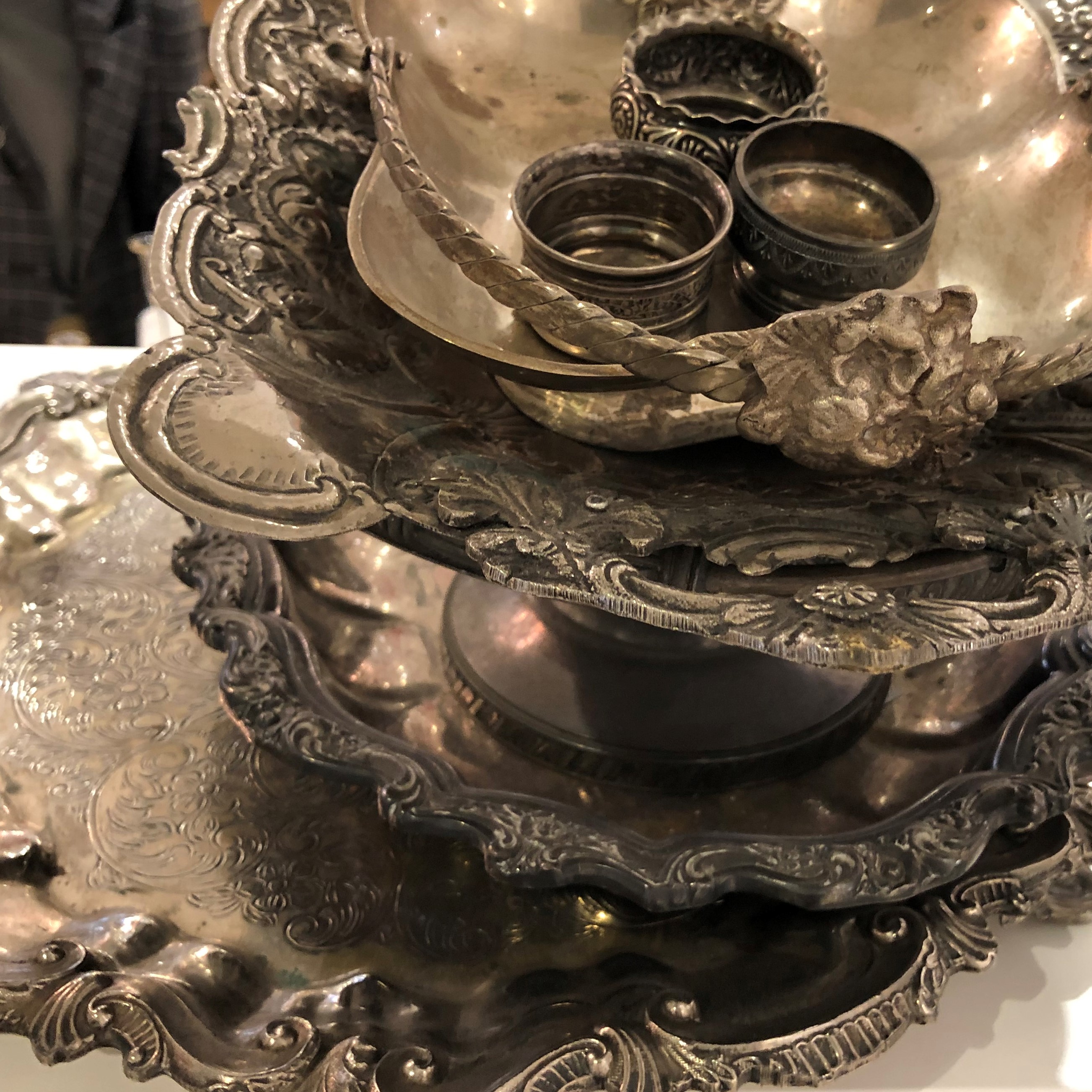
Stack of elaborate vintage silver plate serving trays routinely available on Ebay for $5.00 to $10.00
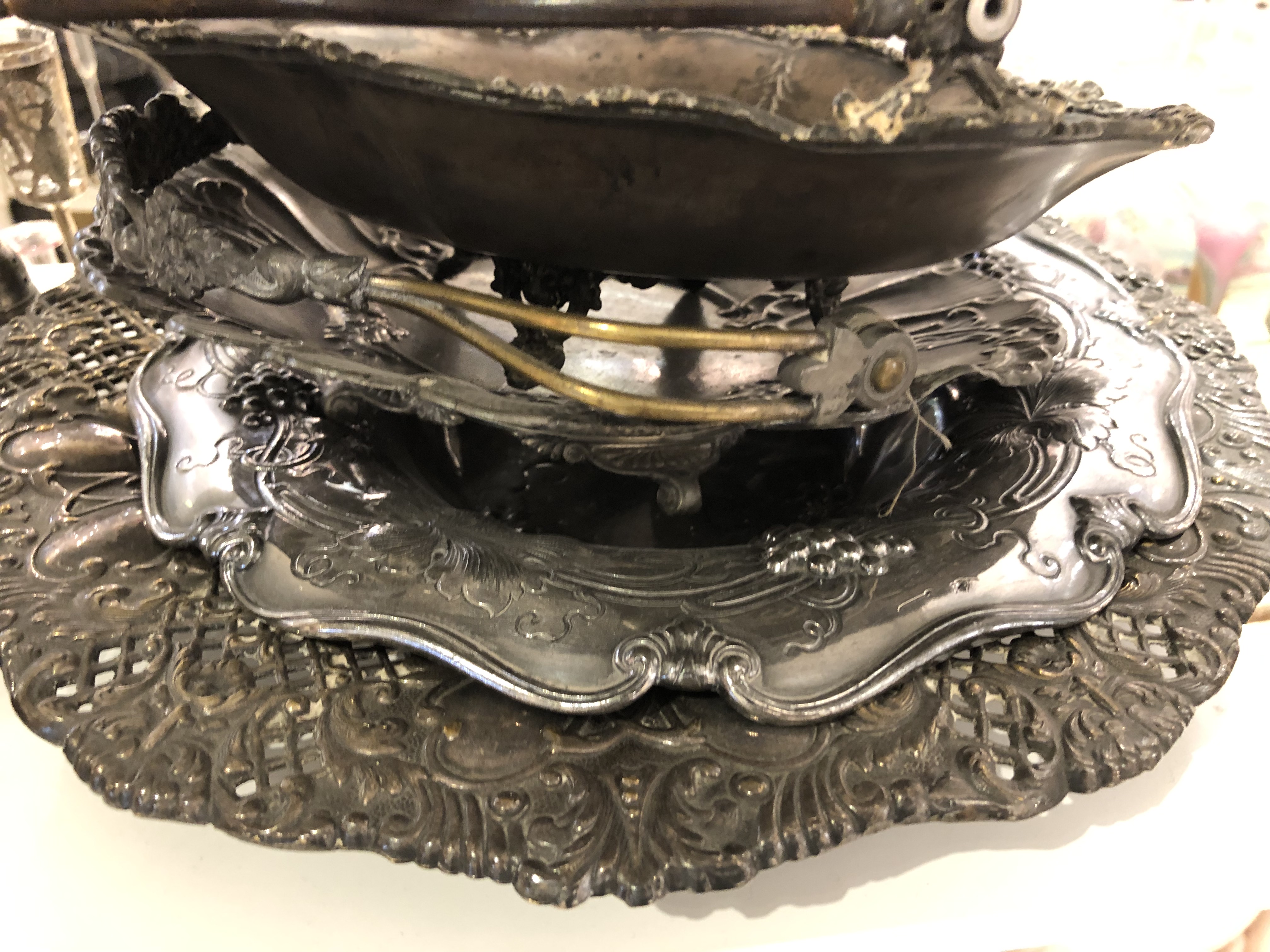
Over the top ornate silver plate serving pieces and random mixed vintage plates and flatware are a hot look at the moment. The look is different from the shabby chic trend of the late 90s to early 2000s. The current trend is less sweet and more casual than the shabby chic trend.
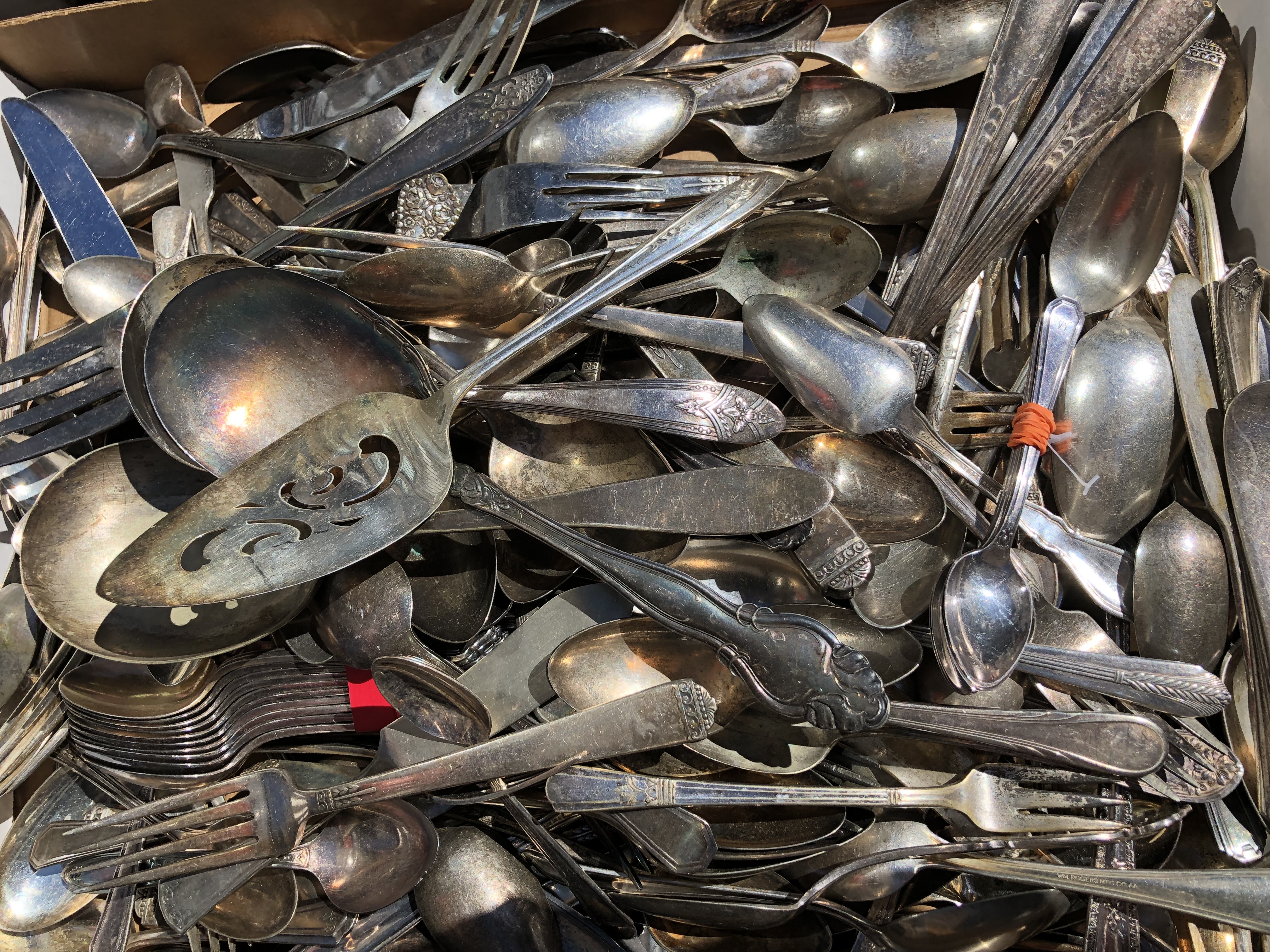
Assorted vintage silver plate flateware at a local flea market $1.00 each or 6 for $5.00. Some event planners, photo stylists and event rental companies are starting to buy large lots like this for $20 or $30 for the whole lot to offer ‘Vintage Romance’ mix-and-match table settings for events.
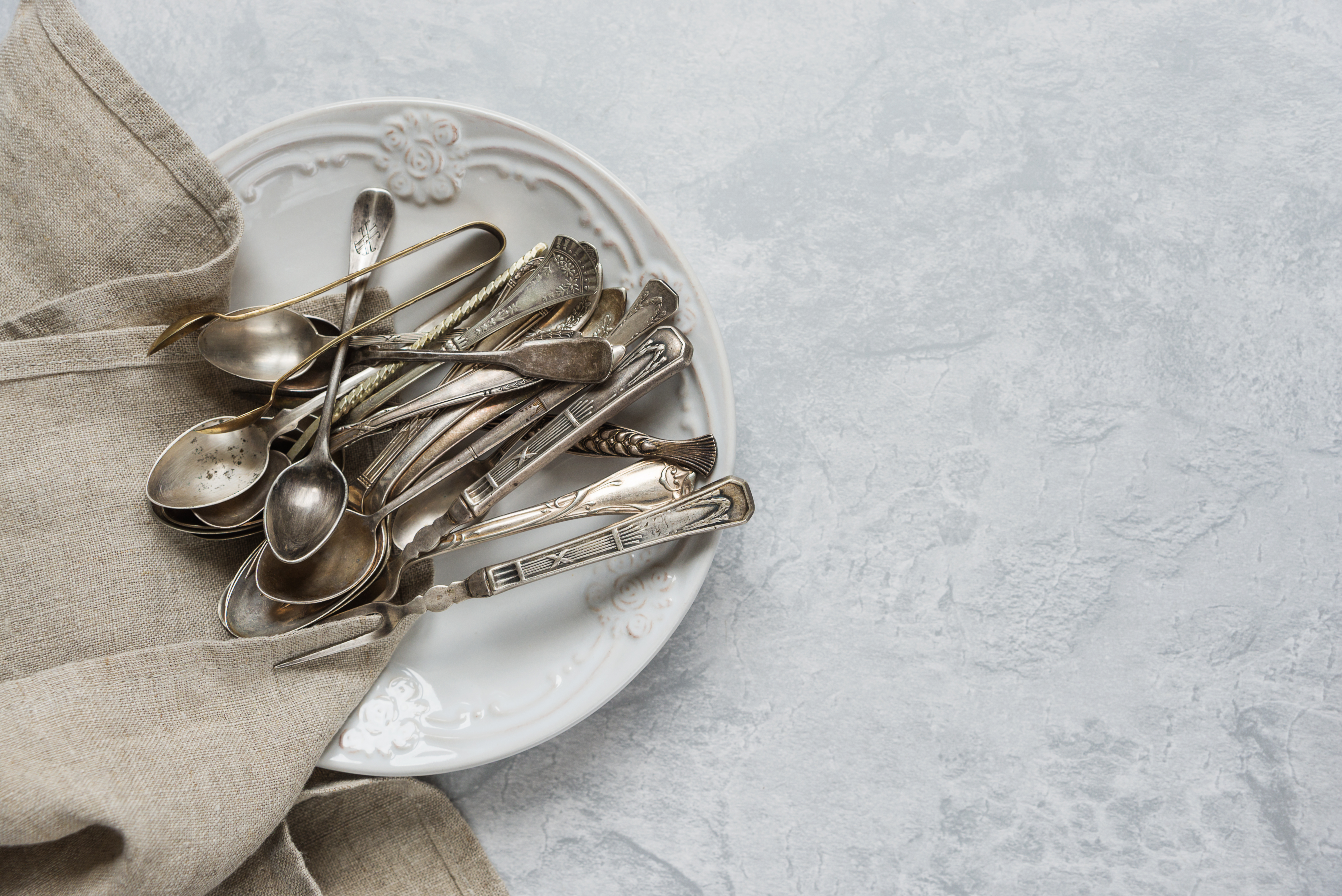
Today, with the absence of the weight of convention and standards, we’re completely free to find new, comfortable and creative ways to use traditional things. Mixing and matching releases us for the expectation to use things in expected ways and introduces a casual and spontaneous spirit to any event.
From Curating to Creating – Let’s choose to see the decline of the household antiques market as a good thing. We can now evolve from curating to creating. Despite how difficult it became to make and buy fancy things at one time that difficulty doesn’t mean those items have inherent value. In fact, most vintage household items do not have inherent value unless they’re of an inherently valuable material or there happens to be an important historical design innovation or influence or pedigree behind it.
If there’s no inherent value, then it’s value is only in use and enjoyment. If it doesn’t have any inherent value, then there is no harm done by using it. There’s no reason to keep it locked away or curated if its value isn’t diminished by using it. Think of the vast majority of antique household items as you would craft supplies. Craft supplies have no inherent value of their own. They only have value in what you make from them.
Silver plated items are a good example. The moulds and dies used for forming very elaborate silver plate would be extremely expensive to make today. The bridal or fine china departments of nearly all retailers has disappeared because no one is buying those things anymore. It’s not very likely those kinds of silver plate items will be made again in that volume. Still, just because those items are exuberant or not likely to be made again doesn’t make them inherently valuable. One of the reasons silver plated items are good examples is that they are generally the worst of all worlds. They have all the high-maintenance care issues of real silver with none of the inherent value. With very few early rare examples electroplated silver was mass produced, not fashion forward by design, and pretended to be something it wasn’t just for show. The rare exceptions were the design innovations of what is called the aesthetic movement and some important modern movement and Scandinavian designs or pieces by important makers like Tiffany or Whiting.
It’s not a marriage – Where household antiques are concerned to have doesn’t have to mean to hold. The period of my life when I had the healthiest relationship to household antiques was when I had space in an antique mall. I would often find amazing sets of high-quality fine china at auction for nearly nothing. I could buy a service for 12 of vintage Limoges or Noritake for under $50. It’s usually cheap, especially at estate sales and auctions, because anything with gold on it is microwave safe and most won’t hold up well under repeated dishwasher cycles, so the impracticality slashes the value. I would wash it, invite 11 friends for dinner, style it up in an unexpected way, wash it and put it in the shop and let it go. I still recommend buying used (unless you keep kosher) for large gatherings. A great alternative to storing enough dinnerware and serving pieces for Thanksgiving or other large meals is to buy it cheap at a flea market either in sets or mix and match for next to nothing and then donate it after. It’s easy to do for less than $50 and the storage space you free up is worth way more than that. Find something different for the next year.
Flea market and thrift store silverplate is receiving a lot of creative re-use. Free from any notion of it having any inherent value has eliminated the pressure of it having to be in full sets or needing to be in any particular condition. Event rental companies have been buying up lots of silver plate flatware on Ebay or at estate sales for ‘Vintage Romance’ themed wedding dinners. This still doesn’t mean your old, mismatched silver plate flatware with the plating wearing off is or will be worth anything. I just means that there are lots of examples out there now for how to use it without worrying about it being complete or in good condition.
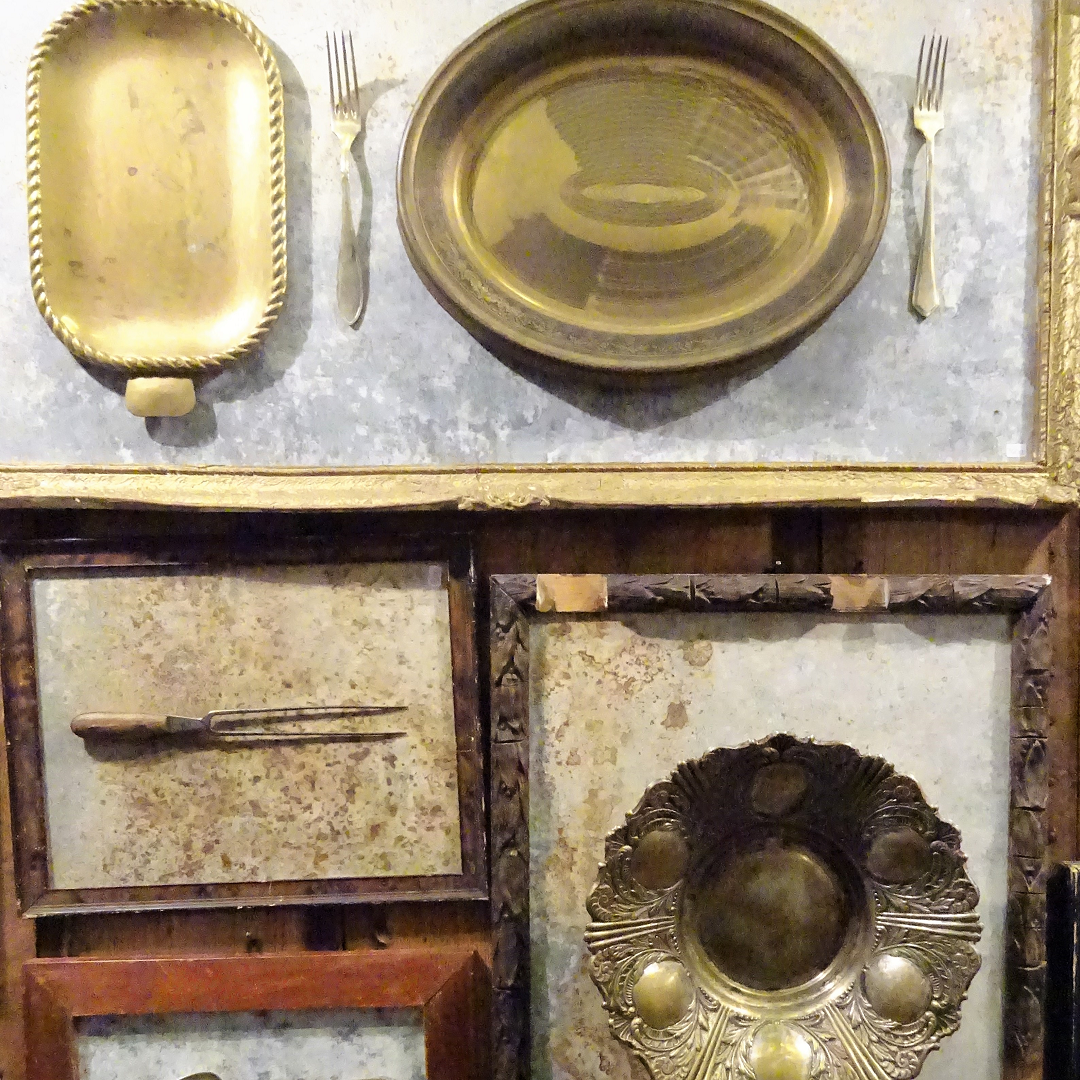
Have a piece of silver plate that has sentimental value but no market value and know you’ll never actually use it on the table? A few minutes with a hot glue gun and you can create unique wall pieces for the kitchen or dining room.
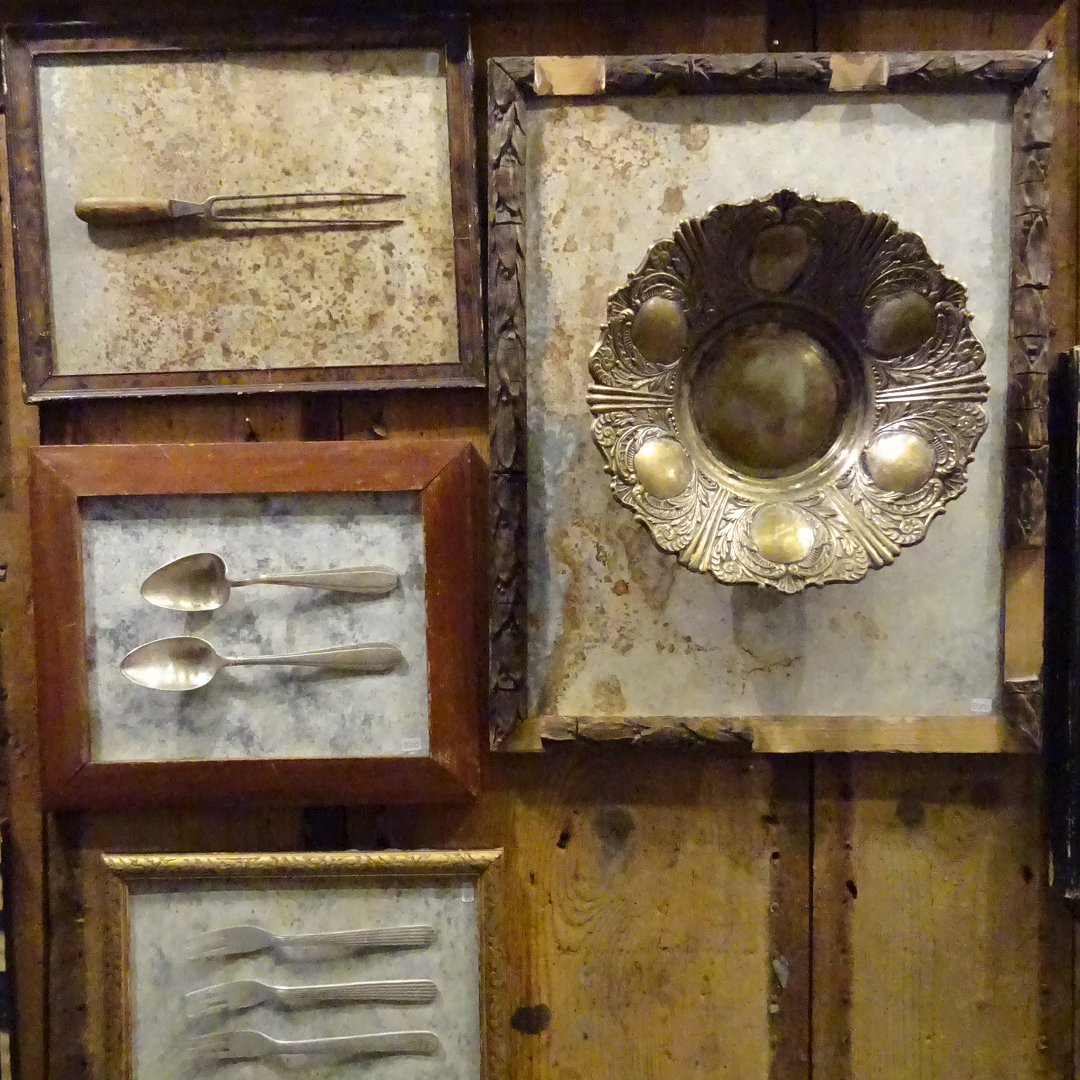
Very few pieces of vintage silverplate have real resale value. and there is a LOT of it out there. Today the real value is in the creative uses for it which have never been more popular.
Virtual use – Many of my antique dealer friends have cited Instagram as one of the many reasons the antique business is dead. If before someone bought a cool something that had a bowling pin design on it for a friend who was a bowler they are now more likely to take picture of it, post it on social media and tag that friend. The friend still gets to see the cool item, gets to know that someone has thought about them and gets to read all the comments from everyone else about how cool that item is. All that accomplishes 80% of what would have been accomplished by actually buying and giving the actual item and the person who would have received it doesn’t have to make sure it’s out on display every time the giver comes over. Likewise, you don’t have to plan some elaborate dinner parties to use some of your antique household items. Pick a Sunday and get creative taking creative pictures of them for Instagram and then let them go.
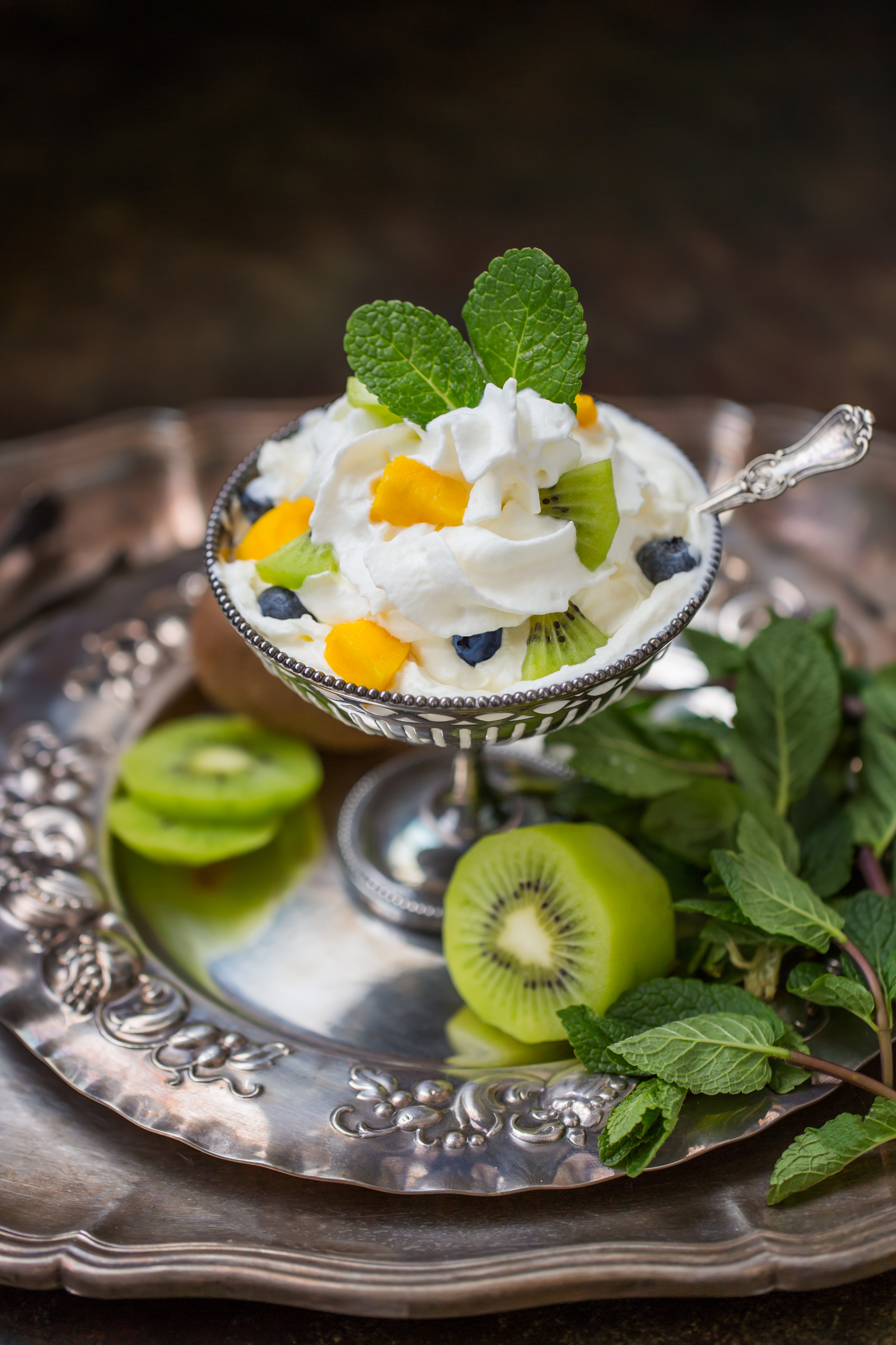
Have a lot of worn silverplate around or see it frequently for next to nothing. Very little of it has any significant resale value unless it’s by an important maker or associated with a well known designer. It does, however, open the door for table settings based on vintage mix-and-match . Use it. It looks great on Instagram
